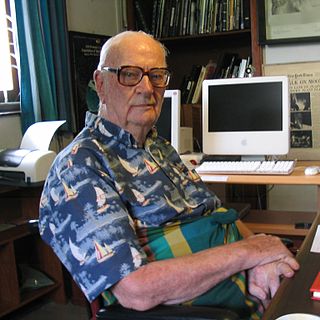
Hard science fiction is a category of science fiction characterized by concern for scientific accuracy and logic. The term was first used in print in 1957 by P. Schuyler Miller in a review of John W. Campbell's Islands of Space in the November issue of Astounding Science Fiction. The complementary term soft science fiction, formed by analogy to hard science fiction, first appeared in the late 1970s. The term is formed by analogy to the popular distinction between the "hard" (natural) and "soft" (social) sciences, although there are examples generally considered as "hard" science fiction such as Isaac Asimov's Foundation series, built on mathematical sociology. Science fiction critic Gary Westfahl argues that neither term is part of a rigorous taxonomy; instead they are approximate ways of characterizing stories that reviewers and commentators have found useful.

Gregory Dale Bear was an American writer and illustrator best known for science fiction. His work covered themes of galactic conflict, parallel universes, consciousness and cultural practices, and accelerated evolution. His last work was the 2021 novel The Unfinished Land. Greg Bear wrote over 50 books in total.
Lazarus Long is a fictional character featured in a number of science fiction novels by Robert A. Heinlein. Born in 1912 in the third generation of a selective breeding experiment run by the Ira Howard Foundation, Lazarus becomes unusually long-lived, living well over two thousand years with the aid of occasional rejuvenation treatments. Heinlein "patterned" Long on science fiction writer Edward E. Smith, mixed with Jack Williamson's fictional Giles Habibula.

The Ferengi are a fictional extraterrestrial species in the American science fiction franchise Star Trek. They were devised in 1987 for the series Star Trek: The Next Generation, played a prominent role in the following series Star Trek: Deep Space Nine, and have made brief appearances in subsequent series such as Star Trek: Voyager, Star Trek: Enterprise, Star Trek: Discovery, Star Trek: Lower Decks and Star Trek: Picard.
The Dominion War is an extended plot concept developed in several story arcs of Star Trek: Deep Space Nine, an American science-fiction television series produced by Paramount Pictures. In the fictional Star Trek universe, the Dominion War is a conflict between the forces of the Dominion, the Cardassian Union, and, eventually, the Breen Confederacy against the Alpha Quadrant alliance of the United Federation of Planets, the Klingon Empire and, later, the Romulan Star Empire. The war takes place in the final two seasons of the series, but is gradually built up to over the course of the five preceding seasons.

Kahless "The Unforgettable" is a fictional character in the Star Trek media franchise. He was portrayed in Star Trek: The Original Series by Robert Herron and in Star Trek: The Next Generation by Kevin Conway; and is the titular character in the Star Trek novel Kahless by Michael Jan Freeman. Kahless is an important religious and historical figure to the Klingon race and has been studied in explorations of the philosophy within the setting of Star Trek.
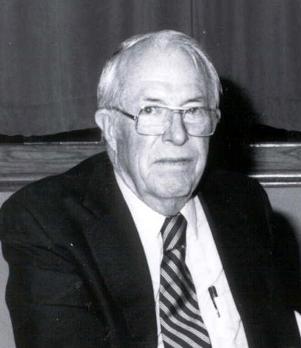
John Stewart Williamson, who wrote as Jack Williamson, was an American science fiction writer, one of several called the "Dean of Science Fiction". He is also credited with one of the first uses of the term genetic engineering. Early in his career he sometimes used the pseudonyms Will Stewart and Nils O. Sonderlund.

Singularity Sky is a science fiction novel by British writer Charles Stross, published in 2003. It was nominated for the Hugo Award for Best Novel in 2004. A sequel, Iron Sunrise, was published that same year. Together the two are referred to as the Eschaton novels, after a near-godlike intelligence that exists in both.
The concept of self-replicating spacecraft, as envisioned by mathematician John von Neumann, has been described by futurists and has been discussed across a wide breadth of hard science fiction novels and stories. Self-replicating probes are sometimes referred to as von Neumann probes. Self-replicating spacecraft would in some ways either mimic or echo the features of living organisms or viruses.

The Jesus Incident (1979) is the second science fiction novel set in the Destination: Void universe by the American author Frank Herbert and poet Bill Ransom. It is a sequel to Destination: Void (1965), and has two sequels: The Lazarus Effect (1983) and The Ascension Factor (1988).

Anvil of Stars is a science fiction novel by American writer Greg Bear, a sequel to The Forge of God. The book was initially released in 1992.

Cyteen (1988) is a science fiction novel by American writer C. J. Cherryh, set in her Alliance-Union universe. The murder of a major Union politician and scientist has deep, long-lasting repercussions. It won the Hugo Award for Best Novel in 1989.

NESFA Press is the publishing arm of the New England Science Fiction Association, Inc. The NESFA Press primarily produces three types of books:
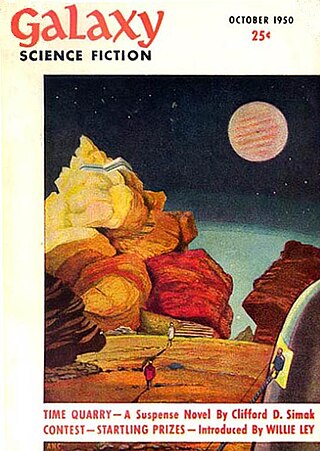
The planetary systems of stars other than the Sun and the Solar System are a staple element in many works of the science fiction genre.

Sargasso of Space is a science fiction novel by American writer Andre Norton, written under the alternate pseudonym "Andrew North". It was published in 1955 by Gnome Press in an edition of 4,000 copies.

"Brake" is a science fiction short story by American writer Poul Anderson, first published in 1957 in Astounding Science Fiction and reprinted in the collections Beyond the Beyond (1969) and The Psychotechnic League (1981). As a component of the Psychotechnic League future history / alternate history, "Brake" takes place in 2270, as the civilization built up in the aftermath of the 1958 Third World War is being torn between mutually antagonistic factions, on the verge of collapsing into "the day of genocide and the night of ignorance and tyranny".
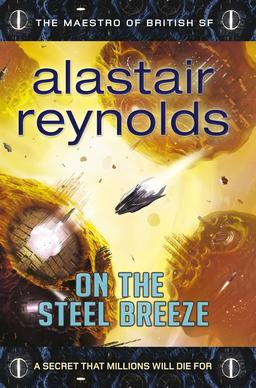
On the Steel Breeze is a science fiction novel by Welsh author Alastair Reynolds, which was first published by Gollancz on 26 September 2013. It is the second part of Reynolds' future history Poseidon's Children trilogy, following his 2012 novel Blue Remembered Earth. On the Steel Breeze was followed on 30 April 2015 by the concluding novel of the trilogy, Poseidon's Wake.
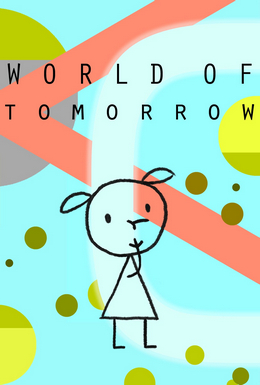
World of Tomorrow is an avant-garde animated science fiction short film series written, directed, produced, animated, and edited by Don Hertzfeldt. The series began with World of Tomorrow (2015), which was followed by World of Tomorrow Episode Two: The Burden of Other People's Thoughts (2017) and World of Tomorrow Episode Three: The Absent Destinations of David Prime (2020).

"The Impossible Planet" is a science fiction short story by American writer Philip K. Dick, first published in the October 1953 issue of Imagination. It has been reprinted over 30 times, including Brian Aldiss's 1974 Space Odysseys anthology. It was also published in Dutch, French, German and Italian translations. The writer originally submitted it to the Scott Meredith Literary Agency on February 11, 1953, with the title "Legend."

Space travel, or space flight is a classic science-fiction theme that has captivated the public and is almost archetypal for science fiction. Space travel, interplanetary or interstellar, is usually performed in space ships, and spacecraft propulsion in various works ranges from the scientifically plausible to the totally fictitious.

















